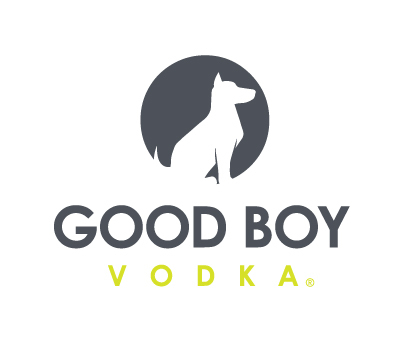General Mills Projects Confidence With Strong Q4 Results

General Mills posted strong top line numbers in its latest quarterly earnings report, closing out a fiscal year that brought inflationary challenges and labor shortages as well as changes to the company’s category structure.
On Wednesday, the Minnesota-based consumer product powerhouse announced Q4 sales were up $4.89 billion, an 8% increase compared to the same period last year. For FY 2022, sales were nearly $19 billion, up 5% to FY 2021. Operating profit in Q4 increased 85% to $1 billion, bringing the FY operating profit to $3.5 billion, an 11% jump from FY 2021.
General Mills CEO and Chairman Jeff Harmening attributed the positive numbers to targeted M&A of key brands and the company’s successful price mix as it adapted to a challenging supply chain.
“Though significant inflation and supply chain disruptions put pressure on our margins, we responded quickly to address those challenges and keep our brands on shelf for our retail customers and consumers. We did this while taking significant steps to reshape our portfolio, announcing or closing two acquisitions and five divestitures during the year,” Harmening said in prepared statements.
Harmening pointed to the acquisition last week of TNT Crust, a U.S. frozen pizza crust business that operates in the foodservice channel, and the addition of Nudges True Chews and Top Chews dog treat brands from Tyson Foods in July 2021 as strengthening General Mills’ position in their respective categories.
Company executives expressed their satisfaction with the results of restructuring of category segments that began last June. Net sales were up in North America Retail (Q4 +11%, FY +3%), Pet Food (Q4 +37%, FY +30%) and North America Foodservice (Q4 +25%, FY +24%). International net sales were down (Q4 -21%, FY -9%) attributed to the impact of divesting its European yogurt business.
During the Q&A portion of the earnings call, Morgan Stanley analyst Pamela Kaufman asked if General Mills was considering taking a “more surgical approach to portfolio reshaping,” alluding to the news last week that Kellogg’s was splitting its business into three separate parts.
“Our strategy has been working for the last four years,” Harmening said. “I think actually, the worst thing that we could do is look at what somebody else is doing and try to emulate that when the strategy we have is working.”
General Mills’ approach has been to consolidate its various businesses abroad under one International category and group certain domestic brands together to streamline production and distribution. The company attributes restructuring moves like adding its U.S. Convenience Store business into the North America Retail segment as improving the agility and execution of the business during a turbulent market.
Unlike some of its competitors, General Mills reported share growth in its cereal division and is expecting to emphasize the growth potential in pet food, fruit snacks and hot snacks as well.
Company officials expressed confidence that it will continue to grow in FY 2023 even as a 14% inflation is forecast on cost of goods sold due to shortages and supply chain issues related to ingredients, packaging material and logistics.
The expectation among General Mills executives on the call was that although inflation will be higher, the company is better prepared to weather the extra costs through its Holistic Margin Management (HMM) program that began in 2005. The program was put in place to offer cost-savings by eliminating expenses that did not bring value to the company. The company expects HMM to save 3% to 4% of COGS in FY 2023.
Harmening finished his presentation promoting the “ambitious” ESG goals and accomplishments of the company that were laid out in its 52nd Annual Global Responsibility Report. The report was released during the company’s Force for Good investor event in May.
About 90% of the company’s packaging is designed to be recyclable and roughly 90% of its electricity comes from renewable sources, he reported Wednesday. “To date, we’ve enrolled more than 225,000 acres in regenerative agriculture programs and we expect to reach 350,000 acres by the end of this fiscal year on our path to advancing 1 million acres of regenerative agriculture by 2030.”
The company announced at the beginning of June that it was investing $3 million in regenerative agriculture practices through Eco Harvest, a new market program offered through Ecosystem Services Market Consortium.
The Board of Directors announced a 6% increase in its quarterly dividend rate to $0.54 per share on the back of the positive earnings results. General Mills shares closed at $74.72 per share, a 6.3% increase on the day.

















